Designing Tomorrow

Sci-fi wasn’t just something you read or watched in the 1950s—it was something you lived in. The space-age aesthetic influenced everything from architecture to furniture to fashion. Starbursts, boomerangs, chrome finishes, and atomic motifs turned daily life into a retro-futuristic dream.
-
Sci-fi heavily influenced 1950s American design across architecture, interiors, and fashion.
Googie architecture and atomic motifs became iconic symbols of the era.
Furniture, household goods, and even toys adopted space-age aesthetics.
Fashion embraced futuristic materials, silhouettes, and ads featuring utopian backdrops.
The look of sci-fi helped reshape public emotion about the future—from fear to fascination.

Science fiction didn't just predict the future—it helped design it. In the 1950s, the aesthetics of the atomic age escaped from comic panels and movie posters and found their way into homes, highways, and high fashion.
This was the era of Googie architecture—diners shaped like rockets, gas stations with swooping rooflines, and motels that looked like they might lift off at any moment. Inspired by jet propulsion, car fins, and the imagery of outer space, Googie style was loud, optimistic, and unmistakably modern. It wasn’t just design—it was a declaration: The future is now.

Inside the home, the same sensibility took hold. Furniture became sleeker, curvier, stranger. Tables and clocks came in amoeba shapes. Color palettes embraced electric turquoise, radioactive orange, and planetary pink. Lamps resembled satellites. Upholstery shimmered. Even kitchen appliances took on raygun curves. Design was no longer neutral—it aspired to look like something from another world.
Science fiction infused mid-century American design, creating a bold new visual language that promised speed, progress, and escape.
Clothing followed suit. Space-age fashion for women included sharp, metallic fabrics and exaggerated silhouettes. Men’s wear took cues from pilots and engineers. Ads often featured futuristic backdrops with domed cities and chrome cars—not as fantasy, but as aspiration. Consumer culture had merged with sci-fi, and everything was for sale in the future.
Even toys and branding followed the lead. Rayguns, robot kits, atomic chemistry sets—these weren’t just for play. They were training tools for life in the space age. The sci-fi aesthetic became a kind of cultural operating system. If you could make it look futuristic, you could make it sell.
In the 1950s, the future had a color palette—and a tail fin.
And it wasn't just about style—it was about psychology. The Cold War made people fear the future, but sci-fi design gave them something to want from it. Aerodynamic design and flying saucer motifs transformed fear into fantasy, dread into desire. The future, however uncertain, had started to look beautiful.
Sci-fi wasn’t just a genre—it was a visual movement. In the 1950s, it reshaped how Americans thought their world should look, offering a sleek and optimistic counterpoint to the fear-filled headlines of the Cold War. Design became a kind of collective dreaming.
And even today, the sleek lines and curves of 1950s design remind us of a time when the future felt like something you could touch.
How the look of the future shaped the way Americans dressed, built, and lived.
How 1950s science fiction wrestled with war, ethics, identity—and what it means to be human.
The creatures of 1950s sci-fi weren’t just monsters—they were messages in disguise.
How Cold War paranoia shaped the aliens, threats, and heroes of 1950s sci-fi.
A cultural lens into fear, hope, and futurism in 1950s science fiction.
Architecture, color, and a galaxy of psychedelic ships
Captivating time travel quotes that will ignite your imagination
A Captivating Journey through Science, Imagination, and the Cosmos
The Quest for Wormhole Creation: Possibilities and Implications
Technological challenges and limitations of traveling through wormholes.
Demystifying Time Travel: A Confluence of Concepts.
The mind-bending possibilities of traveling through the hypothetical passages of wormholes.
The role of exotic matter and negative energy in time travel.
Unveiling the Nature of Wormholes and the cosmic shortcuts they offer.
Explores the connection between wormholes and causality, including the potential paradoxes that arise with time travel.
A careful examination of scientific theories and astrophysical observations related to wormholes.
The fascinating concept of wormholes and their potential role in unraveling the mysteries of space-time travel.
Step into a world where time knows no boundaries and the past holds the key to the future.
If the cosmos teems with intelligent beings, why haven't we encountered any advanced alien civilizations?
Time Travel is a topic that has fascinated humankind for centuries, captivating our imaginations and sparking endless debates.
Dive into the captivating world of time travel and explore the intriguing consequences of creating a ripple in the past.
Science journalist Ripley Spock has a fascination with time travel and extraterrestrials. Ripley spent many evenings gazing at the stars while growing up in the western United States because he was enthralled by the wonders of the cosmos. He became a renowned authority in these subjects after gaining a thorough understanding of the science underlying time travel and extraterrestrial life over time. In the field of science journalism, Ripley is regarded highly for his ability to communicate complicated scientific ideas in a straightforward manner. Ripley Spock is committed to sharing the most recent information and advancements in these fascinating disciplines with the public using his expertise and passion.









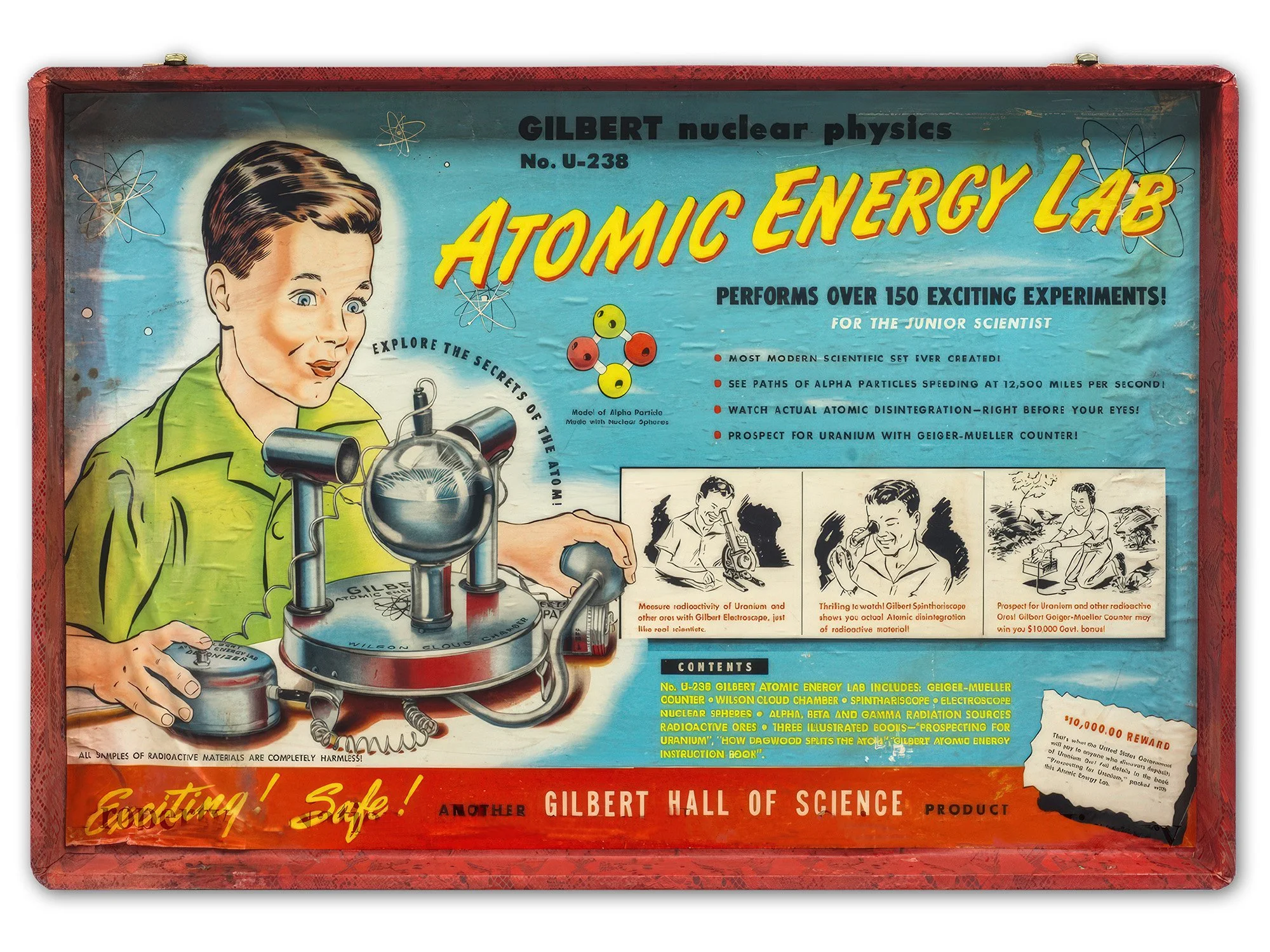
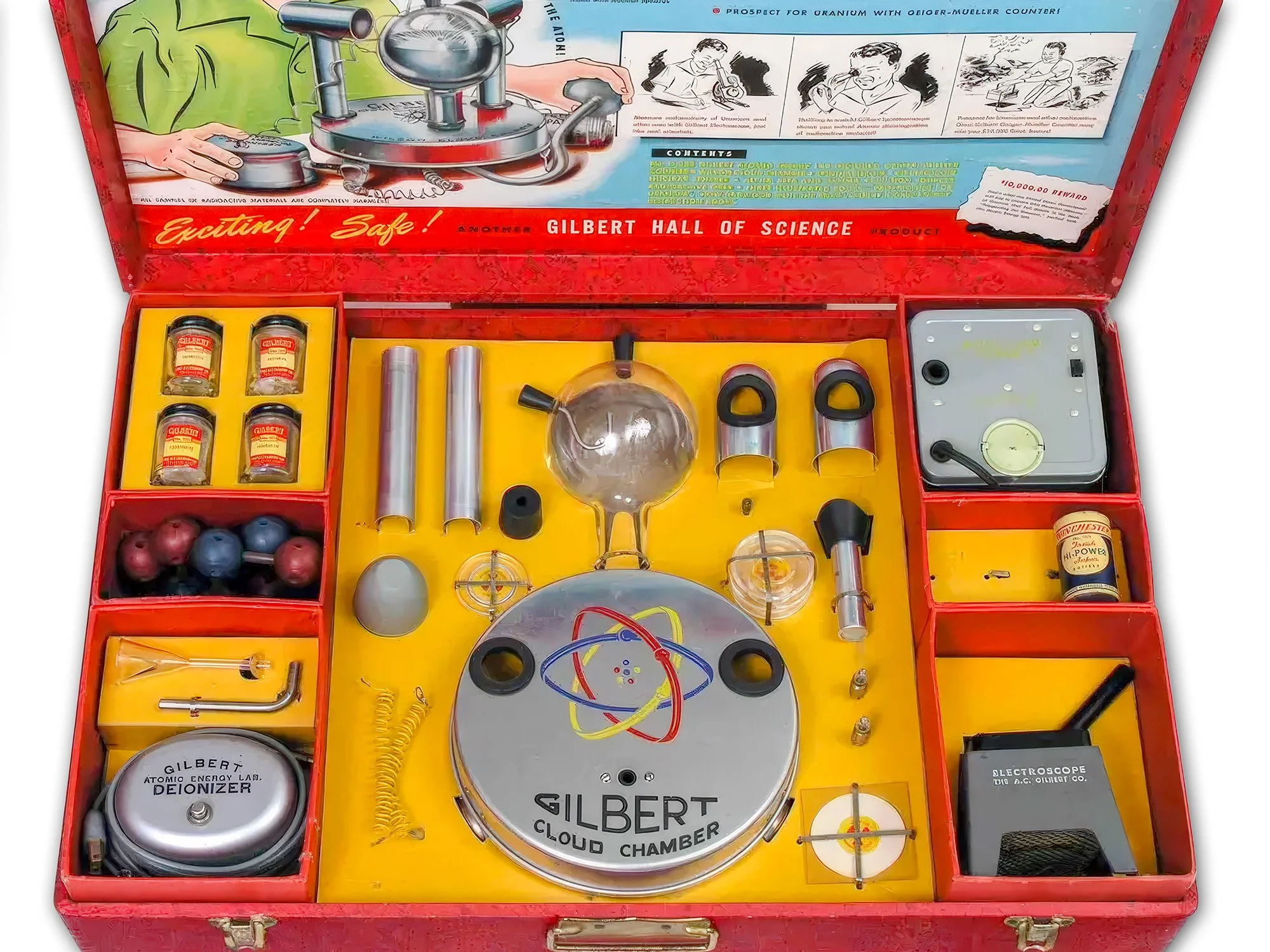





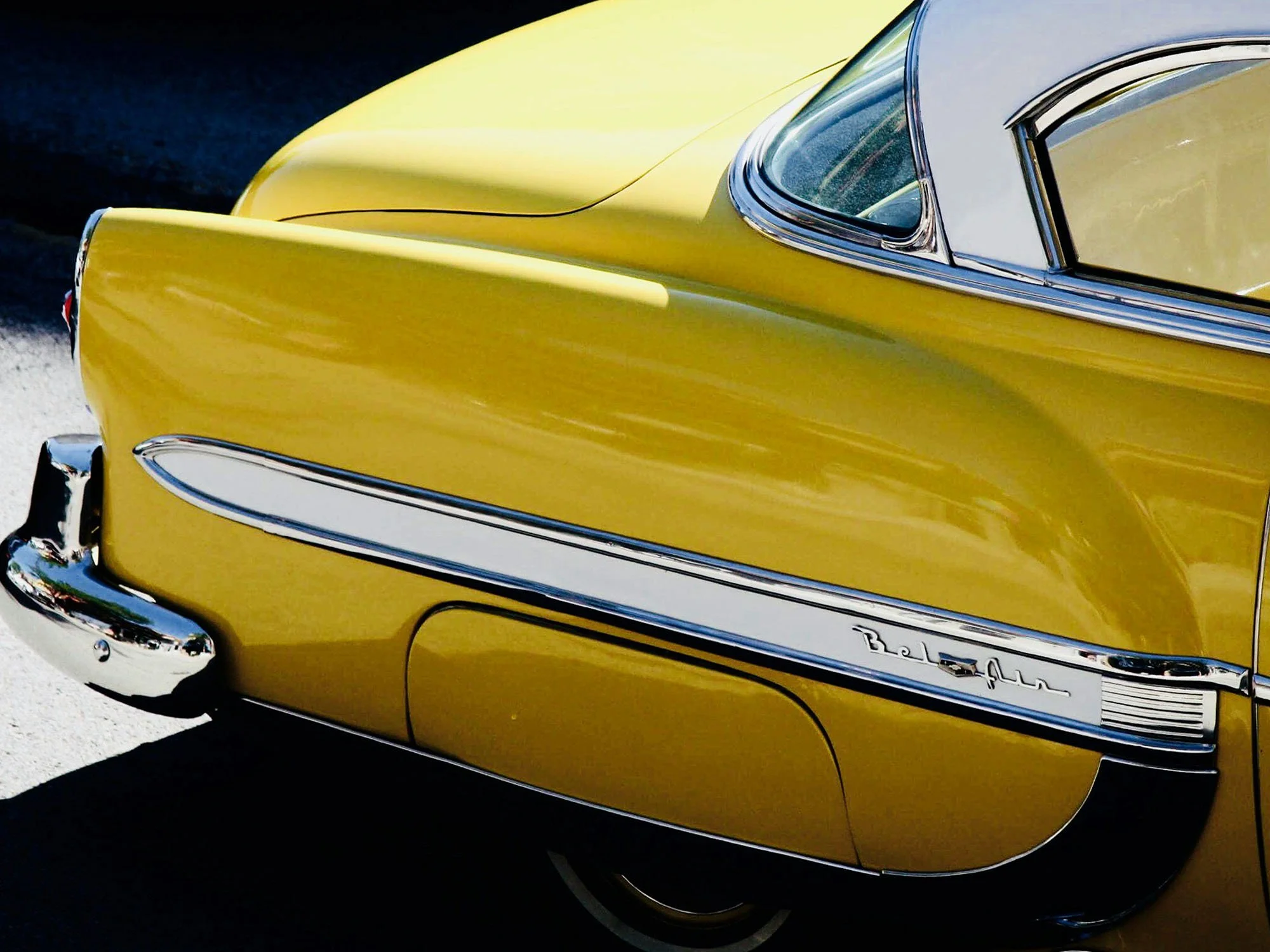
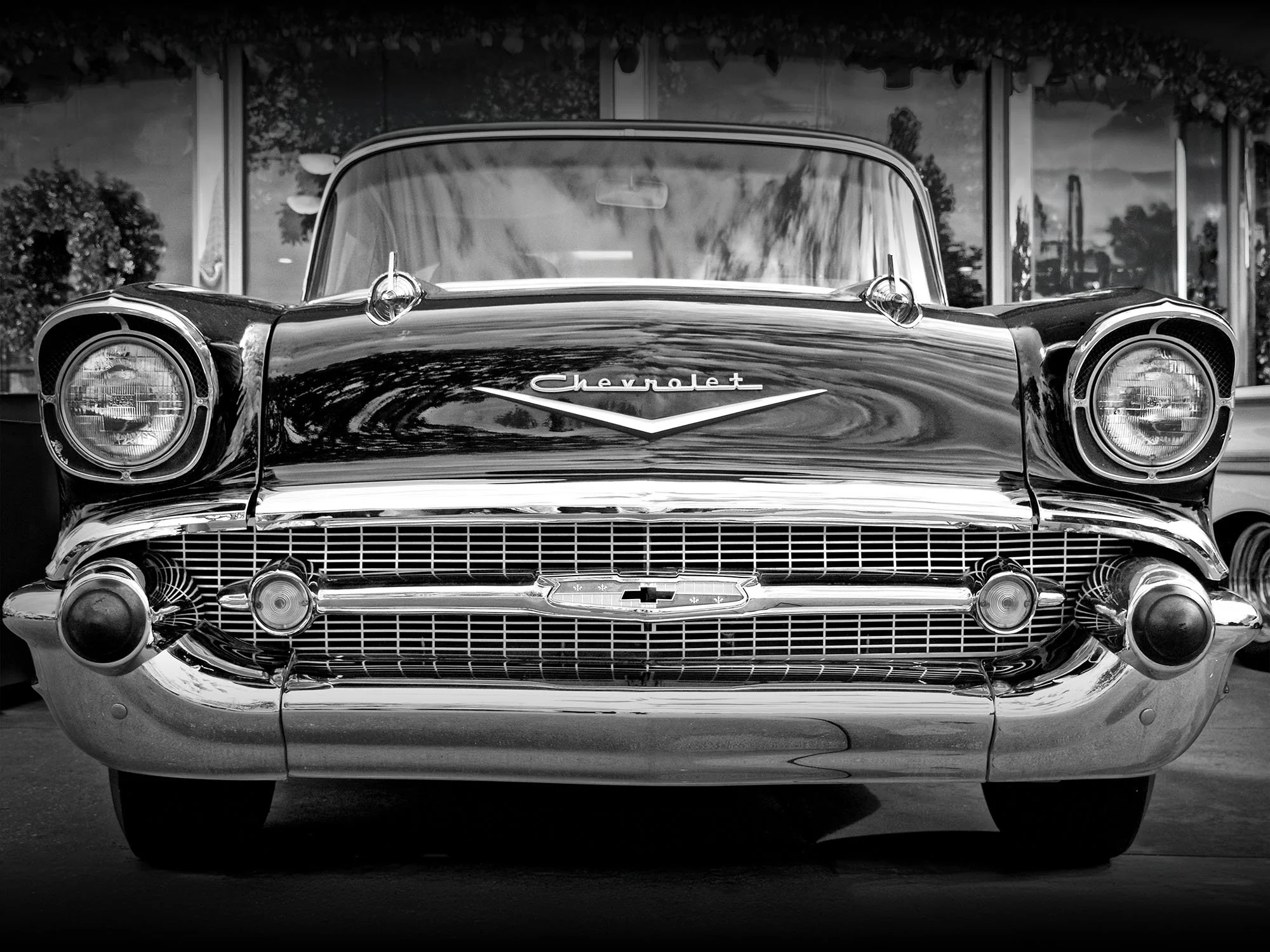










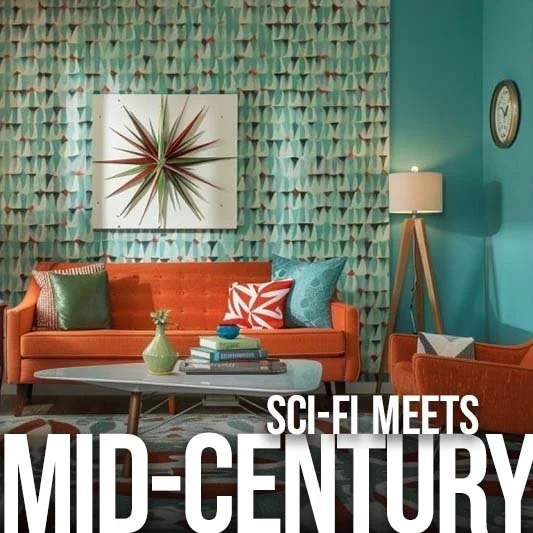





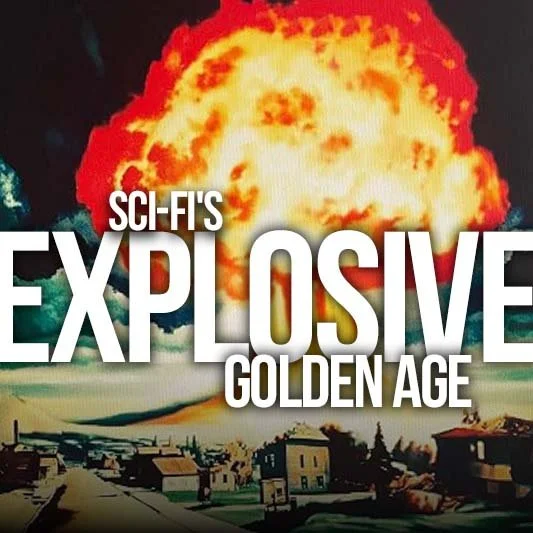





















Shakespeare by way of spaceships, rayguns and robots.